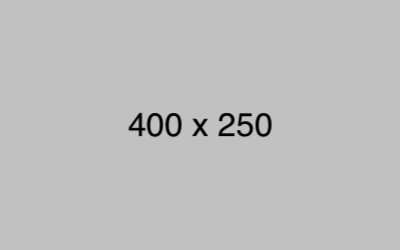Course description
The book is centered on understanding the nature and types of chemical bonds, starting from basic atomic interactions and extending to complex structures found in solids and liquids. It begins with a comprehensive look into ionic, covalent, and metallic bonding, discussing their properties, formation mechanisms, and resulting compound behaviors. Attention is given to key concepts such as electronegativity, bond energy, polarity, and hybridization.
The second major part expands into the world of condensed matter—examining how particles behave when bonded in solids and liquids. It explains intermolecular forces, crystalline and amorphous structures, and unique properties like viscosity, surface tension, and conductivity. Numerous diagrams, real-life examples, and conceptual illustrations enrich the reading experience and enhance conceptual clarity.
The book encourages analytical thinking with its integration of practice problems, comprehension checkpoints, and visual aids. Each section is designed to build on the previous, helping readers gradually develop a deeper understanding of the micro-level structure of matter and its macroscopic consequences.













